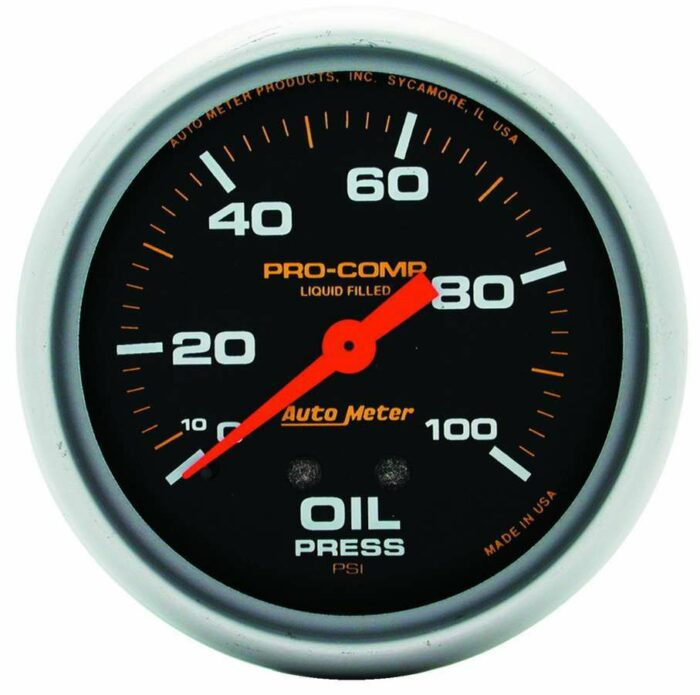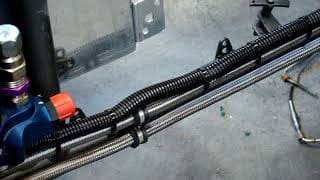Introduction to Performance Tires
When it comes to enhancing your vehicle’s performance, one of the most critical components to consider is the tires. Performance tires are designed to provide superior grip, handling, and overall driving experience. Whether you’re a weekend racer, a spirited driver, or simply someone who values the best in automotive performance, choosing the right performance tires can make a significant difference. This article will guide you through the essential factors to consider when selecting performance tires, ensuring you make an informed decision that suits your driving needs and preferences.
Understanding Performance Tires
Performance tires are specifically engineered to deliver enhanced traction, handling, and responsiveness. Unlike standard tires, performance tires are made with specialized rubber compounds and tread patterns that maximize contact with the road. This results in improved grip, especially during high-speed maneuvers and cornering. Performance tires are commonly used in sports cars, high-performance vehicles, and for motorsport applications.
Types of Performance Tires

There are several types of performance tires, each designed for specific driving conditions and preferences:
- Summer Performance Tires: These tires are optimized for warm weather conditions and provide excellent dry and wet traction. They are made with a softer rubber compound that offers superior grip but may wear out faster in colder temperatures.
- All-Season Performance Tires: These tires offer a balance between performance and versatility. They provide good traction in various weather conditions, including light snow, making them suitable for year-round use.
- Ultra-High-Performance (UHP) Tires: UHP tires are designed for maximum performance and are often used in sports cars and high-performance vehicles. They offer exceptional grip, handling, and responsiveness but may have a shorter lifespan compared to other performance tires.
- Track and Competition Tires: These tires are specifically designed for racing and track use. They provide the highest level of grip and performance but are not suitable for everyday driving due to their limited tread life and reduced performance in wet conditions.
Key Factors to Consider When Choosing Performance Tires
When selecting performance tires, several factors should be taken into account to ensure you get the best fit for your vehicle and driving style:
1. Tire Size and Fitment
The first step in choosing performance tires is to ensure they are the correct size and fitment for your vehicle. Refer to your vehicle’s owner’s manual or the tire placard located on the driver’s side door jamb for the recommended tire size. It’s essential to match the tire size to your vehicle’s specifications to maintain proper handling, safety, and performance.
2. Tread Pattern and Design
The tread pattern and design of performance tires play a crucial role in their overall performance. Different tread patterns are optimized for various driving conditions:
- Directional Tread Patterns: These patterns are designed to provide excellent water evacuation, reducing the risk of hydroplaning. They are ideal for wet conditions and high-speed driving.
- Asymmetric Tread Patterns: These patterns feature different tread designs on the inner and outer sections of the tire. The inner section is optimized for water evacuation, while the outer section provides enhanced cornering grip. Asymmetric tread patterns offer a balance of wet and dry performance.
- Symmetric Tread Patterns: These patterns have a uniform design across the entire tire. They provide consistent performance and are often used in all-season performance tires.
3. Rubber Compound
The rubber compound used in performance tires significantly impacts their grip, durability, and overall performance. Softer rubber compounds offer superior grip and handling but may wear out faster. Harder rubber compounds provide longer tread life but may sacrifice some performance characteristics. Consider your driving style and preferences when choosing the right rubber compound for your performance tires.
4. Speed Rating
The speed rating of a tire indicates the maximum speed at which the tire can safely operate. Performance tires typically have higher speed ratings, such as V, W, or Y, which correspond to speeds of 149 mph, 168 mph, and 186 mph, respectively. Ensure that the speed rating of your performance tires matches or exceeds the top speed of your vehicle.
5. Load Index
The load index of a tire indicates the maximum weight it can support. It’s essential to choose performance tires with a load index that meets or exceeds the weight of your vehicle. Overloading tires can lead to premature wear, reduced performance, and potential safety hazards.
6. Temperature and Traction Ratings
Performance tires are rated for their temperature and traction capabilities. The temperature rating indicates the tire’s ability to dissipate heat, with ratings ranging from A (highest) to C (lowest). The traction rating indicates the tire’s ability to stop on wet surfaces, with ratings ranging from AA (highest) to C (lowest). Choose performance tires with high temperature and traction ratings for optimal performance and safety.
7. Brand Reputation and Reviews
When investing in performance tires, it’s essential to consider the reputation of the brand and read reviews from other drivers. Established brands with a history of producing high-quality performance tires are often a safe bet. Additionally, reading reviews can provide valuable insights into the real-world performance and durability of the tires you’re considering.
8. Price and Budget
Performance tires can vary significantly in price, so it’s important to set a budget and find a balance between cost and quality. While it’s tempting to opt for the cheapest option, investing in high-quality performance tires can provide better performance, safety, and longevity. Consider the long-term benefits and potential cost savings when making your decision.
Conclusion
Choosing the right performance tires for your vehicle is a critical decision that can significantly impact your driving experience. By considering factors such as tire size, tread pattern, rubber compound, speed rating, load index, temperature and traction ratings, brand reputation, and price, you can make an informed choice that meets your driving needs and preferences. Remember, performance tires are an investment in your vehicle’s performance and safety, so take the time to research and choose the best option for your specific requirements.
More posts about Performance Tires
Top 10 Subjects For Performance Parts
- Boost Your Engine: Best Performance Parts for Increasing Horsepower
- Sound and Power: How Performance Exhaust Systems Affect Car Performance
- Stopping Power: Benefits of Upgrading to Performance Brakes
- Breathe Better: Choosing the Best Value Performance Air Intake Systems
- Cornering Mastery: How Suspension Modifications Improve Handling
- Grip and Rip: What to Look for When Choosing Performance Tires
- Fuel Matters: Performance Parts for Diesel vs. Gasularine Engines
- Perfect Fit: Ensuring Compatibility of Performance Parts with Your Vehicle
- Stay Legal: Considerations for Installing Performance Parts
- Seeing the Difference: Measuring Improvements from Performance Parts





